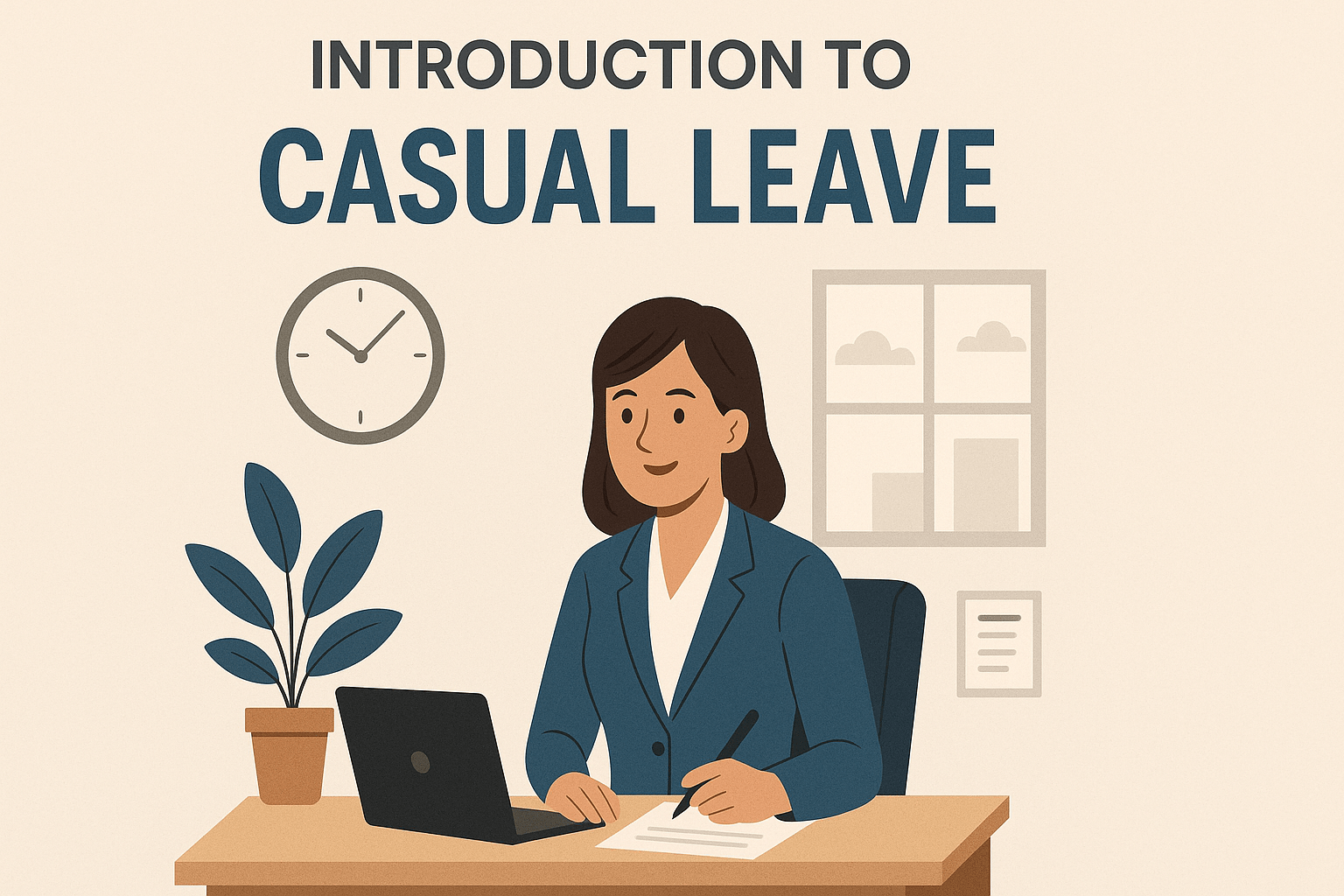UK workers have among the longest working weeks in Europe, with estimates ranging from 38.4 to 42.5 hours on average. The question is, how many of those hours are actually spent working? This then raises a further question: should we rethink the working week and what are employees doing with the rest of their time?
This post looks to answer these questions, as well as offer a few suggestions for how you can use these findings to increase your own staff’s productivity.
How many hours does the average UK employee work on average?
The reality is, humans simply aren’t capable of being productive for an entire work day. Even with small breaks and lunch thrown in, our concentration and efficacy at our jobs is guaranteed to wane, especially in environments impacted by crunch culture.
Although estimates vary, the consensus seems to be the average is 3 hours a day which employees are actually working for
Employees who have regular hours may find it easier to structure their day for productivity, while those without regular hours may struggle to maintain focus.
So, what are they doing the other 5 hours or so? Well, here’s a list of the most common things employees do at work – besides working:
- Unessential admin (avoidable paperwork, repeatedly checking email, etc.)
- Unproductive meetings
- Reading news websites
- Texting or messaging
- Checking social media
- Non-work-related conversations with co-workers
- Non-work-related calls
- Making coffee or tea
- Making and eating food (excluding lunch)
- Bathroom breaks
- Smoke breaks
- Looking for new jobs
Now, in fairness, though some of the activities on the list above don’t qualify as work, they are constructive. Preparing and eating snacks, making hot drinks, and even smoke breaks enable people to maintain their productivity. Others, on the other hand, are avoidance activities and allow employees to merely look busy vs employees actually working.
The thing is, avoidance activities are symptoms of unproductivity – not the cause of it. Let’s take a look at what contributes to making staff less productive.
What hinders staff productivity?
Biology
Let’s start with the reason that we have the least influence over: our biology. We don’t have the natural capability to maintain concentration and productivity for the entirety of our work day. Instead, we have two productivity peaks a day in line with our circadian rhythm: mid-late morning (around 9 -11am) and mid-late afternoon (around 3-4pm).
Interruptions and multitasking
When someone interrupts you, your brain often has to backtrack to get back to where it was in the task you’re undertaking, which decreases your productivity. The same applies to multitasking, as switching between tasks compromises your concentration. These are known as ‘switching costs’: the price you pay for turning your attention to something else.
Poor workplace culture
Poor company culture leads to less happy employees and it stands to reason that people who are less satisfied with their job will be less productive. In contrast, those who work in an organisation with a thriving company culture are likelier to be more engaged, ambitious, and creative.
Managing Employee Schedules
Effectively managing employee schedules is not just a matter of operational efficiency—it’s a fundamental part of upholding employment law and protecting both the business and its workforce. The way you organise work hours can directly impact an individual’s employment status and their entitlement to key employment rights.
Under UK law, employers are required to ensure that schedules are fair and reasonable, taking into account statutory requirements such as minimum notice periods for shift changes and guaranteed rest breaks. These legal obligations are designed to safeguard employee wellbeing and ensure that all eligible employees receive their full holiday entitlement, including paid annual leave and statutory pay.
The employment contract, or contract of employment, plays a central role in this process. It sets out the agreed terms and conditions, including working hours, pay, and notice periods. Employers must adhere to these agreements, as any deviation can affect an employee’s rights and may even lead to disputes or claims of unfair treatment.
It’s also important to recognise that not all workers have the same scheduling needs. Agency workers, freelance workers, and piece workers may have different arrangements, but employers are still responsible for ensuring that their schedules comply with employment law. This includes making the correct national insurance contributions and handling pay appropriately for tax purposes. For agency workers, for example, the law requires that they receive the same basic employment rights as permanent staff after a certain period with the same employer.
To stay compliant and foster a positive working relationship, employers should take reasonable steps to communicate schedule changes in advance, provide the statutory minimum notice, and ensure that all workers—regardless of their contract type—are treated fairly. By doing so, businesses not only meet their legal responsibilities but also create a more engaged and productive workforce.
How can you increase the amount of time workers are productive?
While it’s unreasonable to expect the modern worker to be productive all the time, surely we can do better than 3 hours a day? Here are a few ways that you might increase your employee’s productivity.
- Change your company’s working week Rethinking the working week is the most radical suggestion but it has the potential to yield the greatest results. Experiments with a 4-day work week, for instance, have proven successful in increasing employee productivity in countries such as New Zealand
- Flexible workingFlexible working practices give your staff more influence over when and where they work is also likely to result in higher productivity. Flexitime initiatives allow employees to work when they feel they’re most productive and structure their workday around their personal commitments (childcare, school runs, sick relatives, etc) – increasing their level of engagement. Similarly, the ability to work remotely gives your employee the option to stay home if they could do with a day without the distractions of the office. Flexible working arrangements should be clearly outlined in contracts, as employment status and rights and responsibilities may differ depending on whether someone is classed as an employee, self employed, or an agency worker.
- Encourage time offEnsuring staff use up as much of their annual leave allowance as possible allows them to recharge their batteries and return to work refreshed. In contrast, not taking enough annual leave can lead to burnout. Employees are entitled to various types of statutory leave, including maternity leave, adoption leave, and paternity pay, and these employee rights are protected by law.
- Better health benefits If your company institutes its own sick pay scheme, instead of your employees just relying on statutory sick pay, more employees will feel comfortable staying home and recovering when they’re ill. This will further decrease burnout and cut down on presenteeism – where employees come into work but are increasingly unproductive. Statutory maternity and statutory adoption pay are important legal entitlements, and only employees who meet the minimum length of service are eligible for certain benefits.
- Communication Lastly, take the time, whether through an open forum, survey, etc., to ask your staff what they feel affects their productivity and how the company could help them become more productive.
Employers should seek advice or professional advice when making changes to contracts or employment policies, especially regarding employee rights, redundancy pay, statutory redundancy pay, and protection against unfair dismissal. It is important to have clear grievance procedures in place to resolve disputes, and to consider the rights and responsibilities of those classed as an employee, self employed, or agency worker. Only employees are entitled to certain protections, such as the minimum notice period (which can be as short as one week), and employment status depends on specific circumstances and contracts. Dismissals may be considered unfair or constitute unfair dismissal if proper procedures are not followed, and an other substantial reason or substantial reason may be required for lawful termination depending on the circumstances. Employers must also ensure proper equipment is provided for employees to perform their roles safely and effectively, and that tax and national insurance obligations are met for all employed staff.
ScheduleLeave’s staff holiday planner and reporting tools allow you to see which employees haven’t taken a day off in a while – and could do with a productivity top-up. Sign up for your free trial today.




